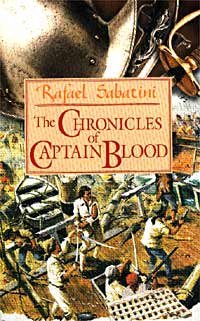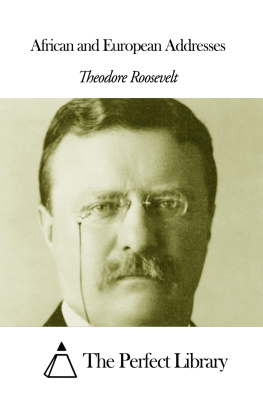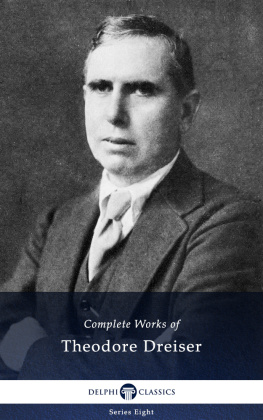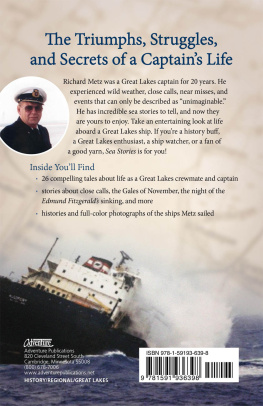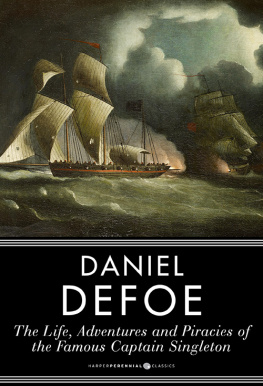
DOVER AFRICAN-AMERICAN BOOKS
EARLY BLACK AMERICAN WRITERS, Benjamin Brawley (ed.). (22623-9)
TALES OF CONJURE AND THE COLOR LINE: 10 STORIES, Charles Waddell Chesnutt. (40426-9)
NEGRO FOLK MUSIC, U.S.A., Harold Courlander. (27350-4)
MY BONDAGE AND MY FREEDOM, Frederick Douglass. (22457-0)
NARRATIVE OF THE LIFE OF FREDERICK DOUGLASS, Frederick Douglass. (28499-9)
GREAT AFRICAN-AMERICAN WRITERS: SEVEN BOOKS (Boxed set), Dover. (29995-3)
DARKWATER: VOICES FROM WITHIN THE VEIL, W. E. B. Du Bois. (40890-6)
THE NEGRO, W. E. B. Du Bois. (41443-4)
THE SOULS OF BLACK FOLK, W. E. B. Du Bois. (28041-1)
THE SUPPRESSION OF THE AFRICAN SLAVE-TRADE TO THE UNITED STATES OF AMERICA, 16381870, W. E. B. Du Bois. (40910-4)
MASTERPIECES OF NEGRO ELOQUENCE: 18181913, Alice Moore Dunbar (ed.). (41142-7)
THE LIFE OF OLAUDAH EQUIANO, OR GUSTAVUS VASSA, THE AFRICAN, Olaudah Equiano. (40661-X)
AFRICAN GENESIS: FOLK TALES AND MYTHS OF AFRICA, Leo Frobenius and Douglas C. Fox. (40911-2)
AUTOBIOGRAPHY OF AN EX-COLORED MAN, James Weldon Johnson. (28512-X)
SELECTED POEMS, Claude McKay. (40876-0)
TWELVE YEARS A SLAVE, Solomon Northup. (41143-5)
STORY OF AN AFRICAN FARM, Olive Schreiner. (40165-0)
AFRICAN SCULPTURE, Ladislas Segy. (20396-4)
MASKS OF BLACK AFRICA, Ladislas Segy. (23181-X)
HEAR ME TALKIN TO YA, Nat Shapiro and Nat Hentoff. (21726-4)
AFRICAN-AMERICAN POETRY: An Anthology, 17731927, Joan R. Sherman (ed.). (29604-0)
THE STORY OF THE AMISTAD, Emma Gelders Sterne. (41537-6)
NARRATIVE OF SOJOURNER TRUTH, Sojourner Truth. (29899-X)
AFRICAN FOLK TALES, Hugh Vernon-Jackson. (40553-2)
UP FROM SLAVERY, Booker T. Washington. (28738-6)
AFRICAN DESIGNS FROM TRADITIONAL SOURCES, Geoffrey Williams. (22752-9)
VOICES FROM SLAVERY: 100 Authentic Slave Narratives, Norman R. Yetman (ed.). (40912-0)
MANDINGO CHIEF AND HIS SWORD BEARER.

Published in the United Kingdom by David & Charles, Brunel House, Forde Close, Newton Abbot, Devon TQ12 4PU.
Bibliographical Note
Adventures of an African Slaver, first published in 2002, is an unabridged republication of the work first published in 1854 by D. Appleton & Co., New York under the title Captain Canot; or, Twenty Years of an African Slaver. The Introduction by Malcolm Cowley is taken from the edition published in 1928 by Garden City Publishing Co., Inc., Garden City.
Library of Congress Cataloging-in-Publication Data
Canot, Theodore, 18041860
[Captain Canot, or, Twenty years of an African slaver]
Adventures of an African slaver / Theodore Canot. p. cm.
Edited by Brantz Mayer.
Originally published: Captain Canot, or, Twenty years of an African slaver. New York : D. Appleton, 1854. The introduction by Malcolm Cowley is taken from an edition published by Garden City Pub. Co., c1928.
9780486149455
1. Canot, Theodore, 18041860. 2. Slave tradeAfrica. 3. Slave tradersBiography. I. Mayer, Brantz, 18091879. II. Title.
HT1322 .C58 2002
382.44092dc21
2002025912
Manufactured in the United States of America
Dover Publications, Inc., 31 East 2nd Street, Mineola, N.Y 11501
INTRODUCTION
ON July 27,1807, a ship of three hundred tons burthen, mounting eighteen guns on her deck and carrying letters-of-marque against French and Spanish vesselsthe Kittys Amelia, Captain Hugh Crow, having assembled her crew of sixty from the Liverpool jails and crimping houses; having signed on two surgeons and three mates, of whom only the eldest was a navigator; having filled the slave-deck and the hold with Manchester cottons, Birmingham muskets, Sheffield cutlery, in addition to handcuffs, shackles, horse-beams, lead, Peruvian bark, chain-shot, gunpowder, rum, and water-casksdropped with an ebb tide past the Black Rock of Liverpool and set her course for the Guinea coast. She was the last legal slaver to leave an English port.
Having lasted nearly four centuries, the great days of the slave trade were drawing to their close. They had begun in 1442, if a date must be chosen, when the explorer Antam Gonsalvez had carried ten blackamoors to Lisbon. His purpose was to save their souls. Columbus, who opened two continents to slavery, himself shipped home five hundred Indians, suggesting that they be sold in the markets of Seville. Sir John Hawkins made three slaving voyages from Guinea to the West Indies. Sir Francis Drake and John Paul Jones, the sea heroes of two nations, had helped to carry black cargoes. Great sovereigns, as capitalists, had engaged in the same commerce: among others they were Henry the Navigator, Ferdinand the Catholic, the Emperor Charles V, Elizabeth and her rival Philip II, Charles II of England (who first coined guineas to celebrate the trade), Philip V of Spain, Queen Anne.... The traffic in slaves had been a cause of war between England and Holland, between England and Spain; it had passed from one nation to another with the treaties of peace. Now, abandoned by governments, forbidden to Liverpool merchants since the first of May, it was about to fall into the hands of outlaws.
The Kittys Amelia, an honest trading vessel, had received her clearance papers before the law went into effect. She had waited three months in the harbour to complete her crew. Armed with legality and eighteen guns, she was now driving southward, past Ushant, the Biscay fogs, Corunna, and the headland of Finisterre, toward the eternally pleasant belt of the northeast trades.
Her crew, on several occasions, sighted distant sails. Chase was made, but the Frenchmen, if such they were, showed a clean pair of heels. In 27 of north latitude, they passed the high peak of Teneriffe, floating in the air between two bands of cloud. These coasting sailors and wharfingers, most of whom had never been south of the Channel, now watched through the still nights as the familiar stars of Lancashire were lost beneath the horizon. Reaching the fifteenth parallel, their vessel entered the belt of storms and calms, where the sea, a dead grey, was hammered like iron by the vertical rains. A few days later, advancing with fitful breezes, they rounded Cape Palmas and sailed eastward along the Ivory Coastcomposed, so it seemed, of three interminable lines, a white line of surf, a yellow line of beach, a green line of jungle. As they crept past the castles of the Gold Coast, timid canoes came forth to meet them, decided they were slavers, then paddled desperately for the beach. The Slave Coast was a tangle of lagoons and mangrove trees. Finally, after a passage of seven weeks, they reached the Coast of Calbary and anchored in Bonny River... in Bonny River, where the slavers lay below the town, in seven fathoms of water; where fifteen vessels, English and French, had sometimes waited for black ivory; where the war canoes of the natives, with sixty men at the paddles and thirty bound captives in the bilge, came slipping down the silent waters from the interior; where the marine cemetery, on a sandy spit, was stubbed with crosses to the memory of sailors who had died of scurvy, dysentery, ague; where fever rose from the mangrove swamps and the air was almost solid with mosquitoes; in Bonny River, the haunt of crocodiles, sea-cows, sharks, grey parrots, where the bodies of slaves washed backwards and forwards with the tide, the women floating, it is said, face downwards; the men, on their backs, staring into perpetual clouds which were almost the colour of their eyes. Here Captain Crow ordered his gig to be lowered, and was grandly rowed ashore to hold a palaver with King Holiday over the price of slaves.





